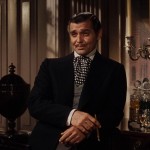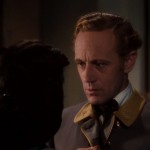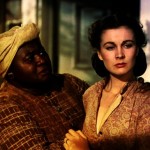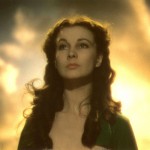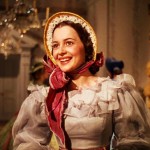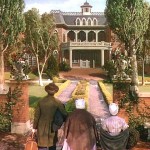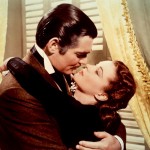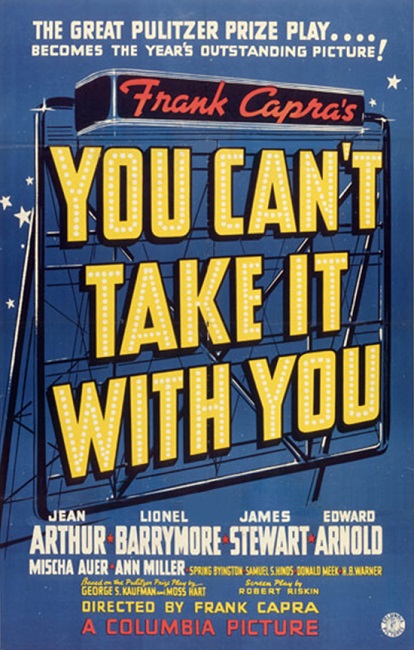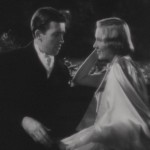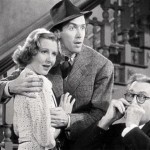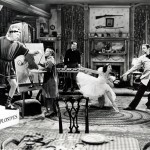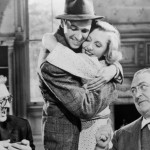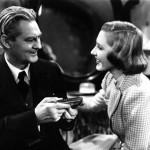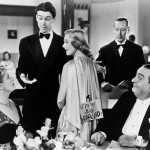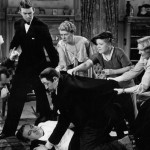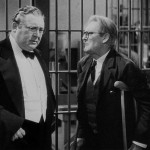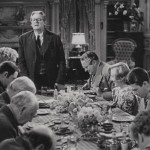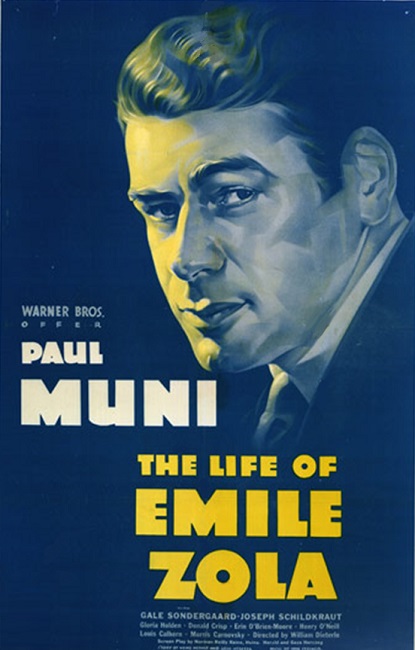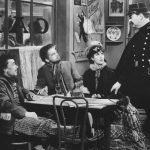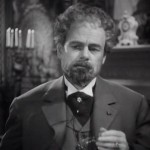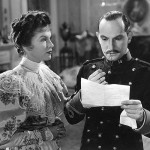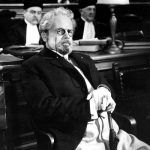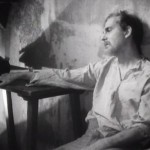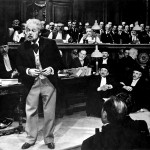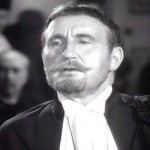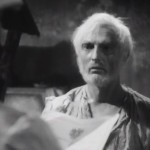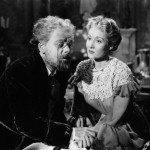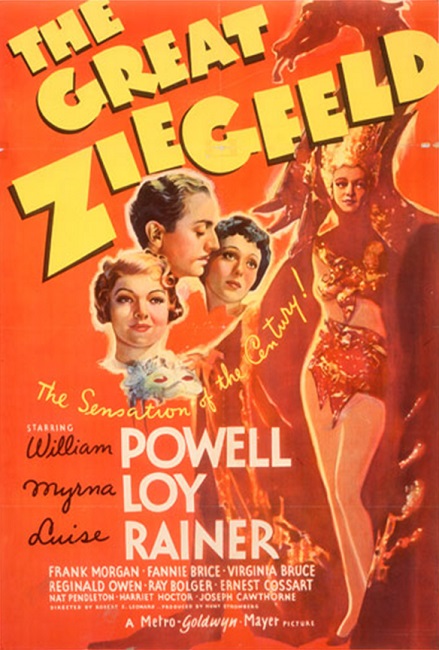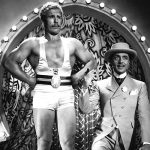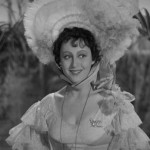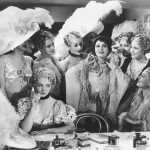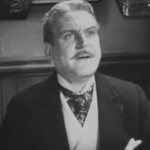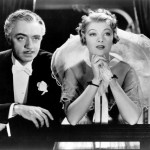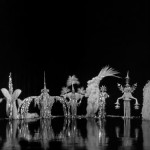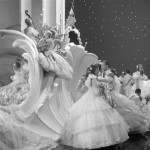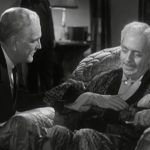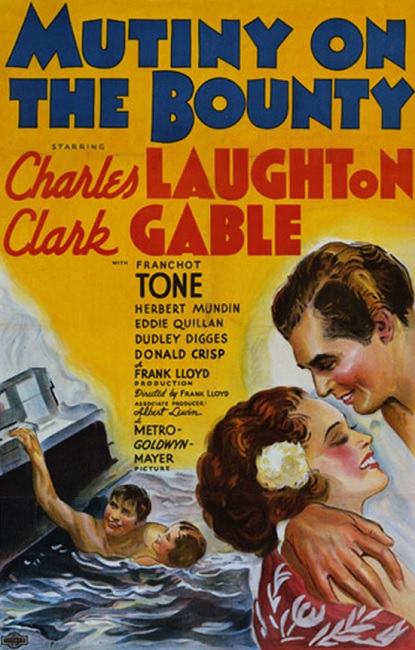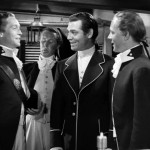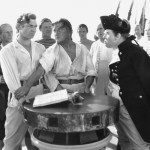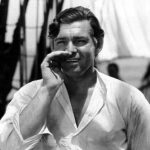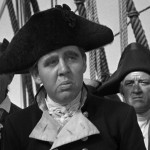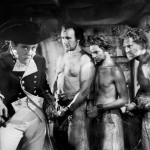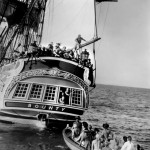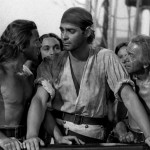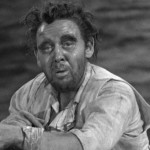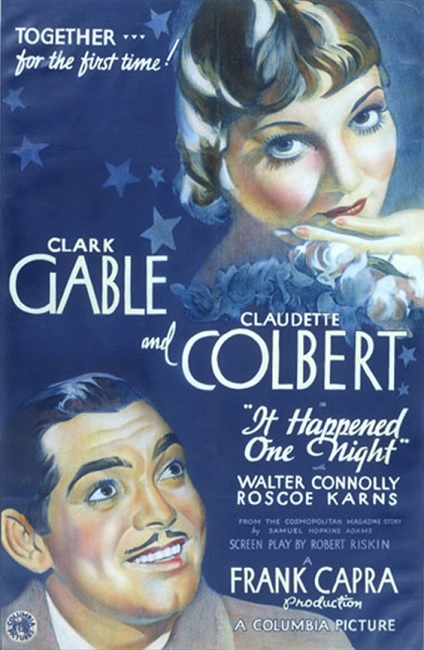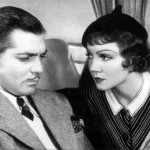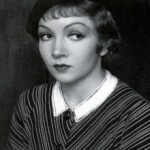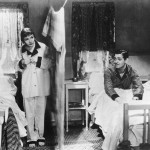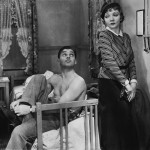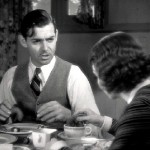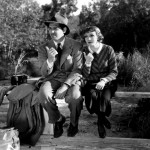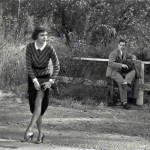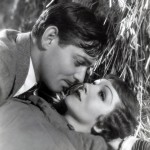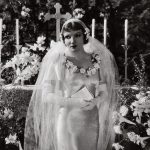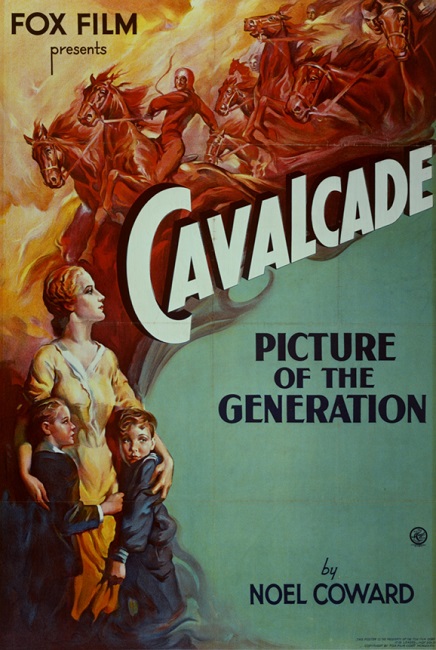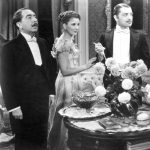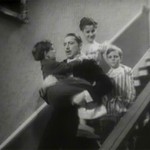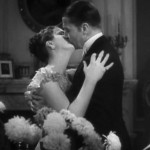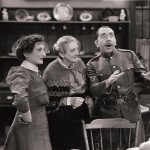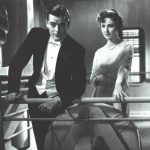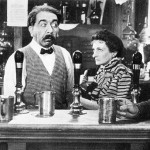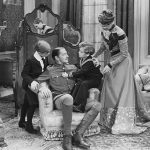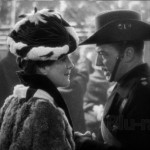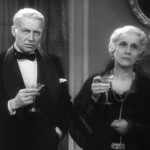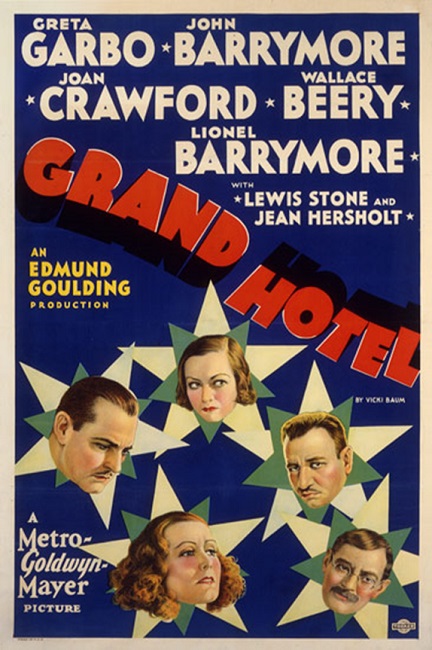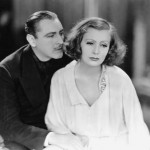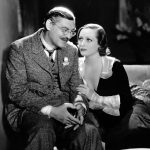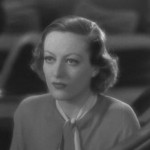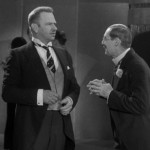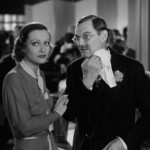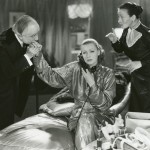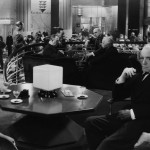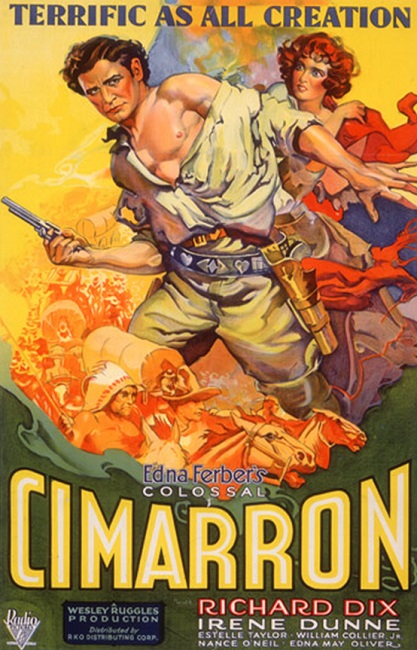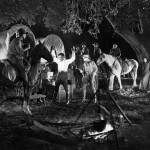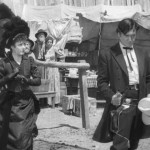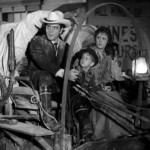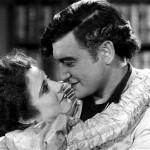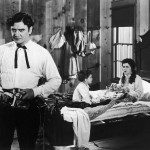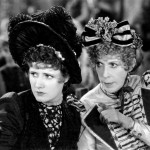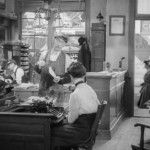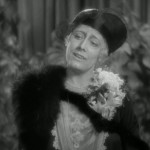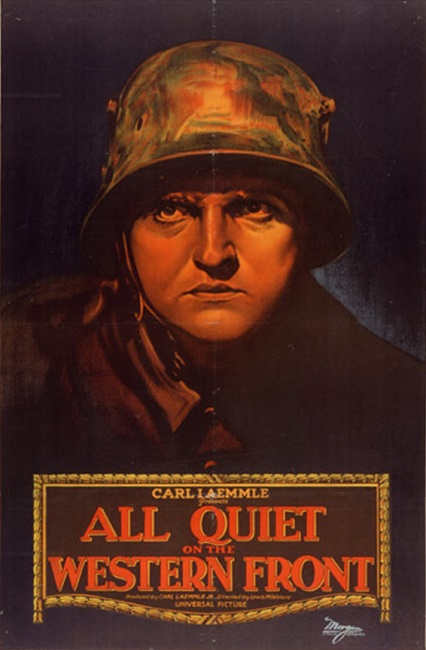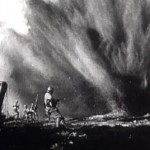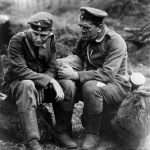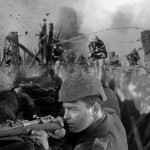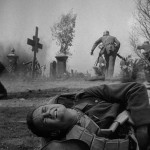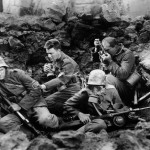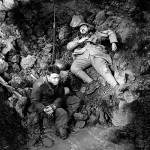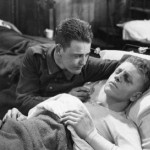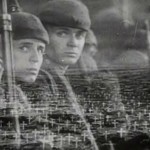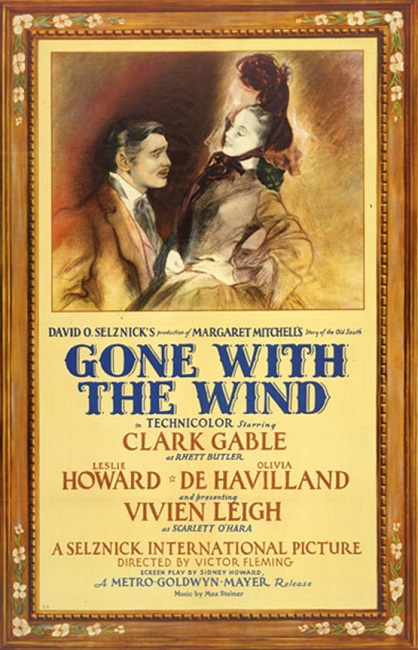
Gone With the Wind – 1939
OK Folks – Sit tight. This is one of the big ones. My apologies if the review turns out to be a long one, but I think this movie deserves it. Gone With the Wind was a truly great movie. I went into it having already seen the movie before. It had been my opinion that I didn’t like the movie, because at the end of the film, I didn’t like any of the characters. I couldn’t identify with or sympathize with any of them. But upon watching it again, I have completely changed my opinion.
This was a great movie for a number of reasons. The acting was incredible. Just because I don’t like a character, it doesn’t mean that it was not well acted. Vivian Leigh and Clark Gable (again!) were the two main leads, Scarlet O’Hara and Rhett Butler. Leigh was, at times, the least likeable character of all, and in my opinion was the best part of the movie. Scarlett’s amazing strength of will and endurance transcended my dislike of her personality. Despite her monumental selfishness, and her overwhelming obsession with Ashley, a man who did not belong to her, she was able to survive the Civil War, the Restoration of the South, and the saving of her home, Tara. And while doing so, she inadvertently helped others to survive as well, though most of them seemed to conveniently overlook that aspect of Scarlett’s actions. Leigh was phenomenal, playing the spoiled Southern Belle, the strong survivor in the face of the Civil War, the determined provider during the restoration of Tara, the uncaring wife, the distant mother, the not-very grieving widow, the obsessed woman in love with the wrong man, and everything in between.
My biggest change of heart was the character of Rhett. I originally thought that his character was mean and uncaring, but he was actually quite the opposite. He was a true and honest man. He never pretended to be anything other than self-serving. He accepted himself as he was, flaws and all. And to be certain, he had his flaws. He was also supremely selfish and obsessed with a woman who did not love him. He tried everything he could to win her affections away from Ashley. But in the end, by the time he did, it was too late. Scarlet had spurned him once too often, and even the most persistent man has his limits. When she finally professes her love for him, he has already had enough and leaves her. This, of course spawned that most famous of lines: “Frankly, my dear, I don’t give a damn.”
Interesting note: This was not the original line. It was supposed to have been something like, “Frankly, my dear, I don’t care.” Gable improvised the line using the word “damn” instead. The producer, David Selznick, liked it enough to keep it in the film.
The supporting cast was also incredibly capable. Olivia de Havilland played Ashley’s saint-like cousin/wife. (I guess that kind of thing was common back then.) She, who had the least reason to, always believed the best of Scarlett. Ashley, played by Leslie Howard, was also a good man. Though he was often tempted by Scarlett, he was never unfaithful to his wife. Mammy, a house servant, was wonderfully played by Hattie McDaniel. Her character could easily have been very one-dimensional, but McDaniel made it stand out.
Interesting note: Hattie McDaniel, winning the Academy Award for Best Supporting Actress for the role, was the first African American to win an Academy Award. Well done Hattie!
Gone With the Wind was the 12th movie to win Outstanding Picture. But it is significant to note that it was the first color film to win. As I have been watching all the Best Picture winners, so far, they have all been black and white. It was beautiful to finally have color on the screen. I can only imagine what a monumental feature it must have been for audiences of 1939 to finally see a film in Technicolor. And director, Victor Fleming, really used it to his advantage. The cinematography was spectacular. There were plenty of wide shots of amazing skies and open country, clouds blazing with bright brilliance. The vibrant greens of Tara, the O’Hara plantation, the dirty browns and greys of the Civil War scenes, the luminous red fires of the burning of Atlanta – all were a feast for the eyes of movie-goers that knew only black and white!
And the costumes! They seemed to spare no expense when it came to the costumes. The southern belles and their elaborate dresses were amazing. And, of course the famous green velvet curtain dress worn by Scarlett was just fantastic. (Although, I wondered – if the Yankees took everything of value in Tara, why would they not have taken the beautiful curtains as well?)
And finally, there was the music. At last, we have a true epic with a score that really steps up to the plate. The composer, Max Steiner, spent twelve weeks writing a score that conveyed the grandeur of the story and, in my opinion, actually enhanced the visual glory of the cinematography. There were plenty of period specific songs used like “Louisiana Belle”, “Dixie” and “Bonny Blue Flag”, but there were also huge and sweeping orchestral melodies that did an incredible job of supporting the epic nature of the film.
Gone With the Wind was nominated for thirteen Academy Awards, eight of which it won, and in addition, won two honorary awards. Aside from Outstanding Picture, it also won for Best Director (Victor Fleming), Best Actress (Vivien Leigh), Best Adapted Screenplay, Best Supporting Actress (Hattie McDaniel), Best Cinematography, Color, Best Film Editing, and Best Art Direction.
This movie came in at just under four hours, a long movie, even by today’s standards, but it was such a pleasure to watch, that it didn’t feel that long at all. This one well deserved the Award for Outstanding Picture.
Interesting note: In total, Gone with the Wind has grossed over $390 million globally at the box office. Turner Entertainment estimates the gross to be equivalent to approximately $3.3 billion when adjusted for inflation to current prices, making it the most successful film in cinema history.

